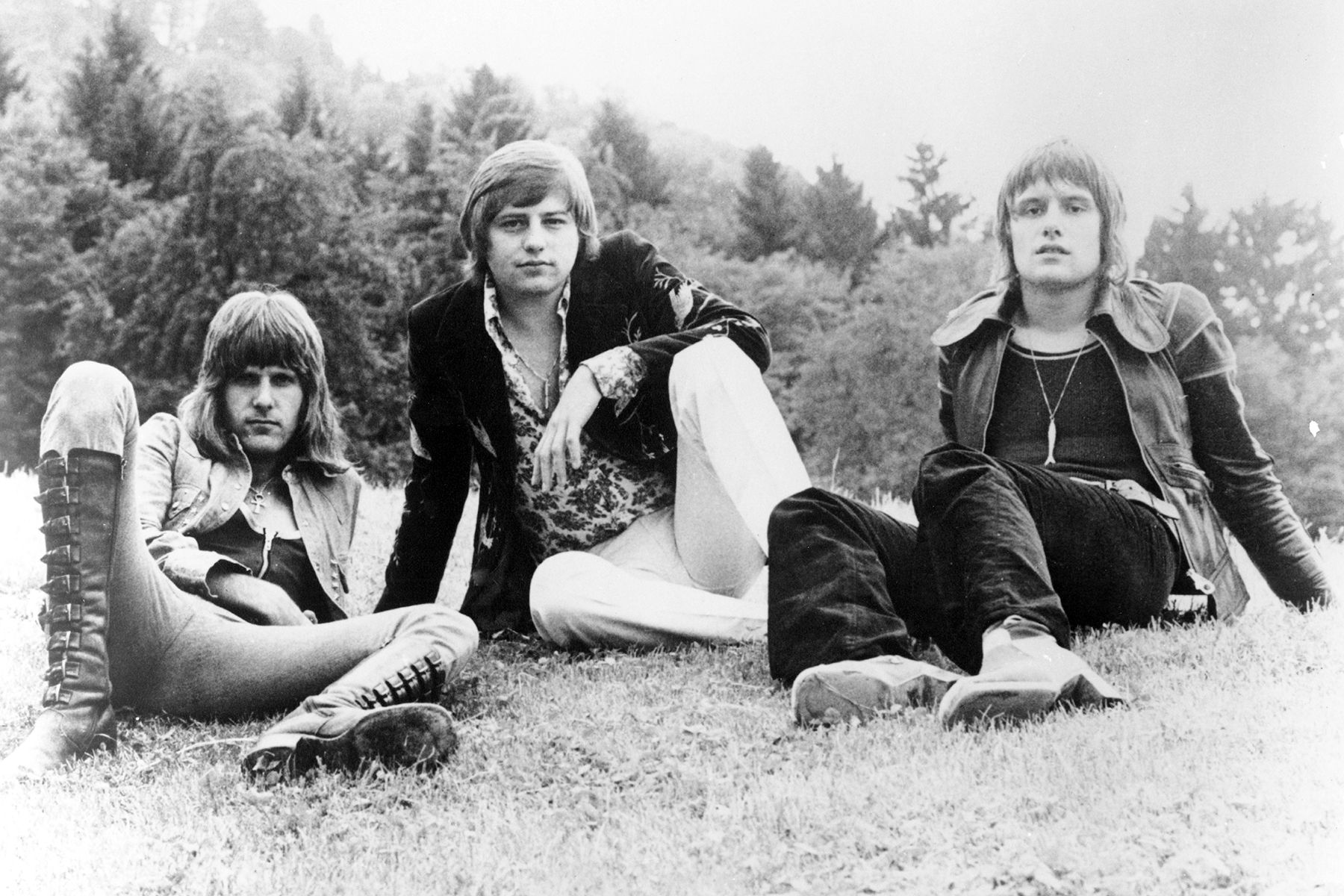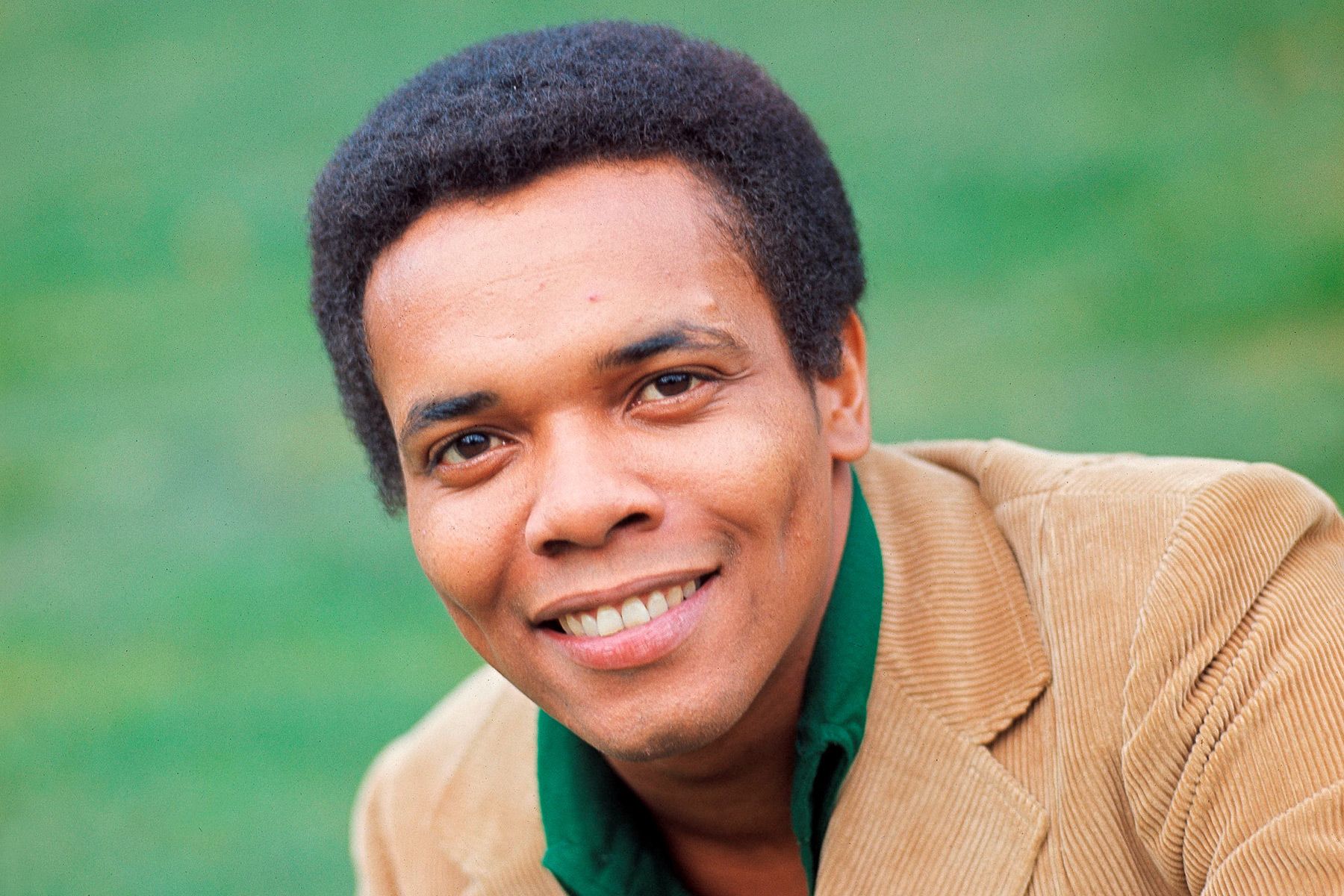
Marilyn Manson: 10 Key Takeaways From Our Nine-Month Investigation
On Sunday night, Rolling Stone published a 9,500-word investigation into sexual-, physical-, and psychological-abuse claims against Brian Warner, better known as Marilyn Manson. More than 55 sources who have known Warner at various points of his life — including some accusers who have not spoken publicly or in-depth before — talked to Rolling Stone over the course of nine months of reporting.
Three accusers who spoke for this article, including Game of Thrones star Esmé Bianco, have filed civil lawsuits against Warner, and the Los Angeles Sheriff’s Department opened up a domestic-violence investigation against the musician in February. Warner’s accusers paint a picture of someone who conditioned women through flattery and dark humor before introducing a pattern of abuse that allegedly included whipping, carving initials into skin, forced confinement, and rape. Some accusers allege that he plied them with drugs and alcohol, controlled their eating and sleeping habits, and held them captive emotionally and physically until they submitted to his will. If they wanted to leave him, they claim, he’d threaten to kill himself or, worse, them.
Warner’s accusers, former friends, and past associates with whom Rolling Stone spoke to describe a man who was able to hide his alleged abuses in plain sight behind the Marilyn Manson character he created and the music industry that supported, and profited from, his living-demon shtick. In court filings and statements by his attorney, Warner denies that he committed sexual assault or abused anyone, and claims that, as part of a “coordinated attack,” former partners and associates “are cynically and dishonestly seeking to monetize and exploit the #MeToo movement” and “have weaponized the otherwise mundane details” of what he insists were entirely consensual relationships.
Here are the 10 key takeaways from the story:
1. His Pattern of Alleged Mistreatment of Women Predates His Fame
In his first Rolling Stone cover story, in 1997, Warner described his relationship with his mother as “weird … because it was kind of abusive — but on my part.” He wrote in his memoir that he once assaulted her with a perfume bottle, scarring her, when he thought she had cheated on his dad.
Tim Vaughn, who says he was friends with Warner in the early 1990s, remembers Warner frequently cursing and screaming at his mother. Once, Vaughn recalls, “He chased her down the hallway with a microphone stand. I asked him, ‘What the fuck is wrong with you?’ He’s like, ‘The bitch is always coming in at the worst times.’ ”
In his memoir, Warner wrote about abusing a woman he called “Nancy” as part of his early stage act, holding her by a leash and beating her onstage — “to make a point about our patriarchal society, of course, not because it turned me on to drag a scantily clad woman around the stage,” he wrote. He also claimed in the book that he and a bandmate plotted to murder Nancy before changing their minds. (When reached by phone, “Nancy” declined to comment for the article.)
2. His Alleged Sexual Improprieties Date Back to at Least the Early 1990s
Three people who say they were friends of Warner’s in the early 1990s claim that he showed them sexual encounters he’d videotaped. Russell Vaughn recalls hanging out one night with his brother Tim Vaughn, a female friend, and Warner. “Brian popped in a compilation tape of every girl he had ever taken into his closet for a blowjob,” he says. “He was proud of it.” Both Vaughn brothers and the friend, who asked to remain anonymous, confirm seeing the tape to Rolling Stone.
3. Rape Has Been a Frequent Source of Dark Humor for Decades
Former friends say Warner’s frequent rape jokes started early in life and haven’t abated. In his 1998 memoir, Warner details “pranking” a woman with former Marilyn Manson member Jeordie White by telling her, “We’re going to rape you in the parking lot and then crush you underneath your own car.” At a 2009 concert, he told the crowd, “When you laugh after you fuck her, it is not rape.”
“He would joke about rape all the time,” says one source, echoing multiple people who spoke for our story. “He loved the idea of rape — talking about rape, seeing it in the movies.” Adds Bianco, referring to an allegation in her complaint against Warner: “Before I was even in a relationship with him, he talked about raping me.”
4. Sources Say He Seems to Revel in Saying the N-word
Many sources claimed that Warner frequently uses the n-word. “He said [it] quite a bit,” said one source who felt that Warner “almost reveled in being able to say it in front of Black people.”
5. He Seems to Have a Bizarre Nazi Fixation
Manson fans are already aware of how Warner has flirted with totalitarian imagery, from using a lightning-bolt logo that looks similar to an SS insignia to the Night Porter chic of his Golden Age of Grotesque album rollout. But some former associates and many accusers allege his interest in the Third Reich runs deeper.
When Warner invited Rolling Stone to his home in 2015, he showed the magazine an unused canister of Zyklon B, the gas Nazis used to murder Jews during the Holocaust. “It was weird,” one source remembers. “I saw him show it off to Jewish friends of his, like, ‘Check this out.’ ”
Accuser Bianco claims in her lawsuit that the singer “beat her with a whip that Mr. Warner said was utilized by the Nazis.” In her sexual-assault lawsuit against Warner, Ashley Morgan Smithline alleges Warner “demanded [she] purchase as much Nazi memorabilia that she could find.” (Warner denies these allegations by Bianco and Smithline and, in one legal filing, alleged that Bianco’s claims were part of a coordinated attack in which his accusers “are desperately trying to conflate the imagery and artistry of Warner’s ‘shock rock’ stage persona, ‘Marilyn Manson,’ with fabricated accounts of abuse.”)
6. He Has Allegedly Verbally and Physically Abused Band Members and Employees
Former associates of Warner’s who spoke with Rolling Stone claim he could be abusive to members of his band and his employees. Multiple people who knew him say Warner was a master of cult-like mind-control techniques, such as asking his employees, girlfriends, and hangers-on to monitor one another and report any dirt back to him. “You couldn’t trust anyone,” says one source.
As tensions in the band mounted, a 1996 label showcase devolved into violence when Warner vaulted his microphone stand into drummer Kenneth Wilson, sending him to the hospital. “[I’m] playing the drums, and also trying to read Manson’s mind,” Wilson said the following year. “If I miss a cue, I’m liable to get a mic stand thrown at my skull.” (Wilson did not reply to requests for comment. A representative for Warner said about this and another incident: “It’s important to note that the events in question happened onstage during a rock & roll show.”)
Warner also attacked bassist Fred Sablan and threw his mic stand into Jason Sutter’s drums, and sources say he treated his own crew recklessly. “One time in Vegas, he had this prop mirror,” remembers a source who was on tour with Manson around 2012. “It didn’t work the way he wanted it to, and he took the microphone stand that weighed 60, 70 pounds, and he tried to smash through it. The stage manager was standing behind it, and it knocked him out; he had to go to the hospital.”

Marilyn Manson and Evan Rachel Wood in 2006.
Eric Charbonneau/WireImage
7. He Had a “Bad Girls’ Room” Exes Allege He Used for Psychological Torture
Warner converted a former vocal booth in his apartment into what he boastfully called “the Bad Girls’ Room,” a place several people who dated and worked with him now describe as a solitary-confinement cell used to psychologically torture women. They say Warner frequently banished his girlfriends there, keeping them there for hours on end.
Echoing an allegation in her complaint against Warner, Smithline tells Rolling Stone that he repeatedly forced her to stay in the space — which was about the size of a department-store dressing room — for hours at a time. “At first, he made it sound cool,” Smithline says. “Then, he made it sound very punitive. Even if I was screaming, no one would hear me.” As she tells it, “First you fight, and he enjoys the struggle. I learned to not fight it, because that was giving him what he wanted. I just went somewhere else in my head.” Warner has denounced Smithline’s accusations against him as lies.
8. Warner Allegedly Began Relationships With “Love Bombing”
Nearly all of the women who have come forward with abuse accusations against Warner have described a joyful beginning filled with compliments and nice gestures. What Bianco characterizes as “love bombing” — the act of showering someone with praise and gifts to manipulate them for future control — began immediately, and some other accusers allege was a common tactic that he used with them, too. “I was flattered,” says Bianco. “Literally the first words out of his mouth were, ‘I’ve been a fan of you for years.’ … Now I look back and call bullshit.”
“[He’d say], ‘I’m the only one who understands you,’ ” Smithline tells Rolling Stone, and model Sarah McNeilly, another accuser, says Warner told her he loved her one week after they met. “He wanted me to start picking out wedding dresses,” McNeilly says. “He wanted to have a baby. I’ve never experienced a relationship like this — because it was fucking fake.”
Speaking from his own personal experience, Guitarist Rob Holliday insists that Manson was always a gentleman offstage, and “is a sweet misunderstood outcast.”
9. Warner Is Accused of Multiple Sexual Assaults and Physical Abuse
Multiple accusers detail horrific allegations against Warner in interviews and court records reviewed by Rolling Stone. In her lawsuit, Smithline alleges that Warner choked, strangled, bit, carved the initials “MM” on her thigh, burned her without consent “for [his] sexual gratification,” and raped her “several times.” Bianco alleges in her suit that their relationship included a nightmarish pattern of drugs, constant monitoring, physical abuse, and sexual assault.
McNeilly tells Rolling Stone that Warner “threw me up against the wall, and he had a baseball bat in his hand, and he said he’s gonna fucking smash my face in,” while former assistant Ashley Walters’ lawsuit alleges that Warner would “offer her up” to his friends, encouraging her to “please his friends in whatever way they desired.”
One anonymous woman who sued Warner for sexual assault and sexual battery (identified in court papers as Jane Doe) claims Warner “forcibly pushed her to the ground” and raped her. “He was saying that she had driven him crazy, and she was making him do this to her,” the suit says. “Afterward, while standing in the doorway, he said to her: ‘Don’t you ever fucking make me do that to you again.’ ” Following the alleged assault, Doe says, Warner threatened to kill her, saying he would “bash her head in,” and boasted that he could “get away with” murdering her “because she was a ‘nobody’ and he was a celebrity who had contacts with the police.”
In a statement from his attorney, Warner denied the “lurid,” “fictitious claims” of sexual assault and abuse against him, and Warner has also denied these allegations in the lawsuits against him. According to the statement: “These lurid claims against my client have three things in common – they are all false, alleged to have taken place more than a decade ago and part of a coordinated attack by former partners and associates of Mr. Warner who have weaponized the otherwise mundane details of his personal life and their consensual relationships into fabricated horror stories.”
10. The Accusers Met Last Year to Share Their Allegations
In October 2020, about a half-dozen accusers, including Walters, Smithline, Bianco, actress Evan Rachel Wood, and McNeilly met in a Los Angeles home. Some of the women knew one another; others were strangers. Yet the group shared a reluctant bond: Each of them said that Warner had abused them.
Bianco’s body shook and her eyes welled as she told the group the story of Warner allegedly chasing her around their apartment with an ax and smashing holes in the walls after saying she was “crowding him.” Walters felt stunned hearing some of the stories that day. “I just thought, ‘I can’t believe this happened to so many girls,’ ” she says. “Once we started talking … you could see the blood drain out of everyone’s faces, like, ‘I thought I was the only one.’ ”
Roughly three months later, Wood accused Warner of abuse by name following years of speculation after she testified about alleged domestic violence to a House Judiciary Committee and the California State Assembly, without naming her alleged abuser. “He started grooming me when I was a teenager and horrifically abused me for years,” she wrote on Instagram. “The name of my abuser is Brian Warner, also known to the world as Marilyn Manson,” Wood wrote. “I am here to expose this dangerous man and call out the many industries that have enabled him, before he ruins any more lives.” Walters, Smithline, and McNeilly were among several women who went public with abuse allegations against Warner the same day as Wood’s post.
For the full story, read Rolling Stone‘s complete feature Marilyn Manson: The Monster Hiding in Plain Sight




